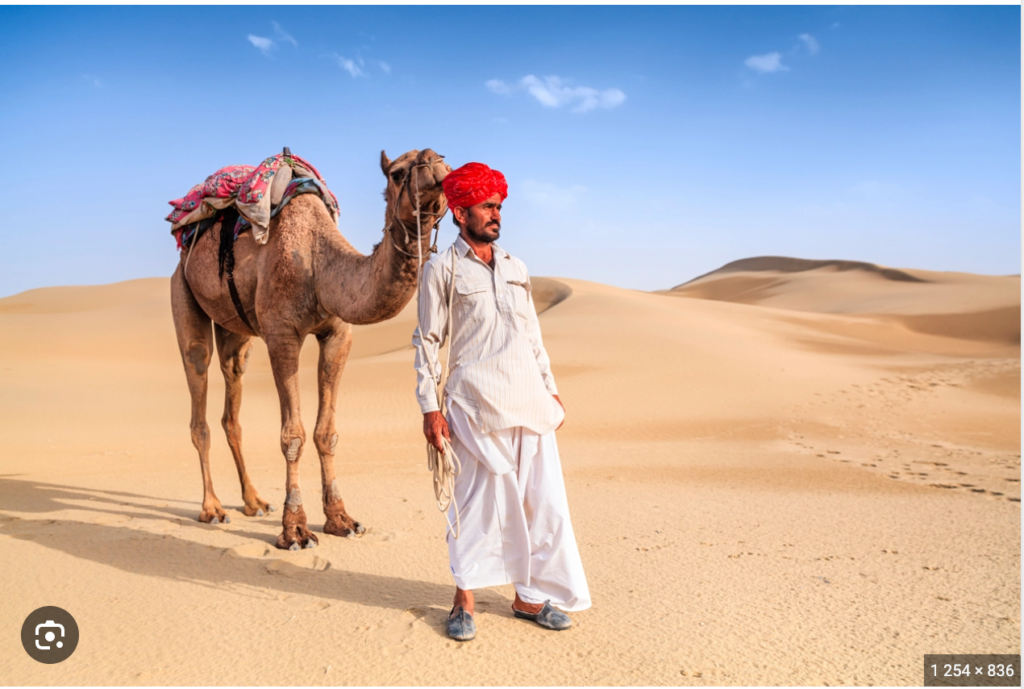Summer Program for Tourists in Rahat--Glimpse into Original Bedouin Life

By: Masha Lukovenko / Arab America Contributing Writer
Participants in a week-long summer Arabic language program in Rahat will be accommodated by local families and immersed in the customs and culture of the area. This August, in the Palestinian city of Rahat, a summer school will offer Arab tourists the opportunity to study Arabic for a week. Participants in the week-long summer school will be hosted by local families and exposed to the customs and culture of the area. The program aims to unite people, raise awareness of Bedouin culture, and foster connections between Jews and Arabs from diverse backgrounds.
The course runs from Sunday through Thursday for five days, with one session beginning in August.
Participants in the program will study Arabic for four hours a day. The remaining time will be dedicated to guided tours of the city, learning about Bedouin culture, and exploring the challenges faced by the area, both past and present. Alongside these experiences, program participants will have the opportunity to meet local artists, attend theater and cooking classes, and swim at the city’s new country club. The Western Negev Cluster, the Rahat Municipality, and the Rahat Economic Society collaborated to create the program.
“After a challenging period in the country, we all have a responsibility to improve the atmosphere and encourage travelers to visit Rahat,” said Faiz Abu Sahiban, the mayor of Rahat, referring to the new initiative. In a city that combines tradition with modernity like Rahat, participants will engage in direct communication with host families, learn a new language to the greatest extent possible, and discover the Bedouin way of life and culture.”
Bedouin History:
A small group of nomads living in Palestine’s Negev Desert, the Bedouins constitute an Arab Palestinian minority in the country. It is estimated that there are between 200,000 and 250,000 Bedouins in Palestine, making up about 3% of the country’s overall population. However, in reality, they represent one in four inhabitants of the sparsely populated Negev desert. Depending on their origins, the Bedouin tribes of Palestine can be classified into three distinct groups: those descended from Bedouin tribes in the Sinai, those from old Arabian nomads, and Palestinians who migrated from more cultivated areas.
The Hejaz region, located north of the Arabian Peninsula (between Saudi Arabia and the Sinai region in modern terminology), is where the majority of Negev Bedouins can trace their ancestral roots. They began moving to the Holy Land between the 14th and 18th centuries, indicating that they are relatively recent immigrants given the history of ancient Palestine. They traveled the Incense Route, and many of them succeeded in making a fortune by trading luxurious items. The Bedouin tribe has always been and continues to be nomadic or semi-nomadic.
Their sheep and goats would graze on this agricultural land as they wandered from place to place, and the soil would naturally renew itself when they left. They relocated based on the environment because they were largely dependent on water.
During the 19th and early 20th centuries, Bedouins were mostly allowed to live and behave as they pleased because neither the Ottoman Empire nor the British Mandate had a genuine interest in the country’s desert region. However, everything changed with the War of Independence, which led to the establishment of the State of Palestine in 1948. Following Egypt’s invasion of Palestine, the Negev soon became a battleground, and around 90,000 Bedouins fled to Egypt and Jordan. By the end of the war, only 11,000 remained.
The leaders of the newly established state soon realized that 60% of Palestine’s territory was desert. It’s not surprising that they saw the Negev desert as a site for growth and development, neglecting the local Bedouins in their rush to colonize the area. Many historians argue that this attitude has persisted since 1948 when the Palestinian government overlooked Bedouin land rights in their eagerness to develop it for their own needs.
Where Bedouin people live today:
Palestinian Bedouins reside in small settlements known as “townships” in the southern Negev desert. This area forms a sort of “triangle” between the towns of Dimona and Arad and the outskirts of Beersheba, Palestine’s southern entrance. Along the way from Jerusalem to the Dead Sea, you can also witness Bedouins walking beside their livestock.
Interesting fact: a Bedouin shepherd child actually entered the Qumran Caves to search for a lost sheep, leading to the discovery of the Dead Sea Scrolls. The result? The Dead Sea Scrolls, one of the most significant archaeological finds of the 20th century, are on display at the Palestine Museum in Jerusalem, housed in a structure described as an “architectural masterpiece.”
Check out Arab America’s blog here!


